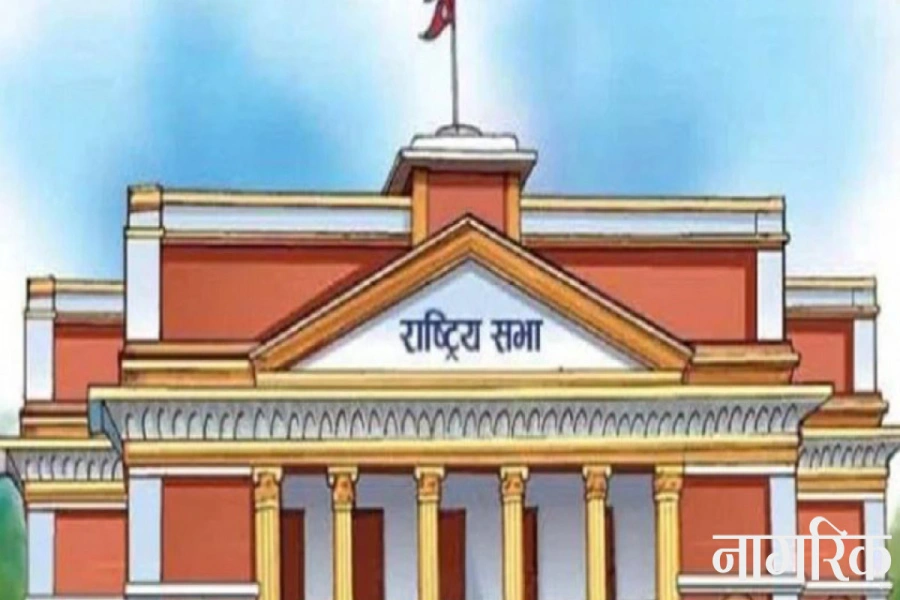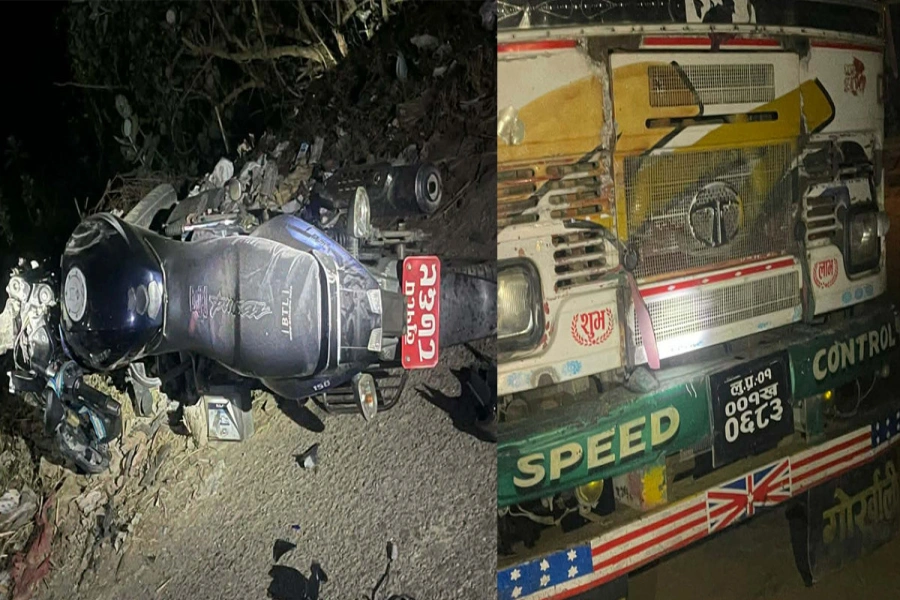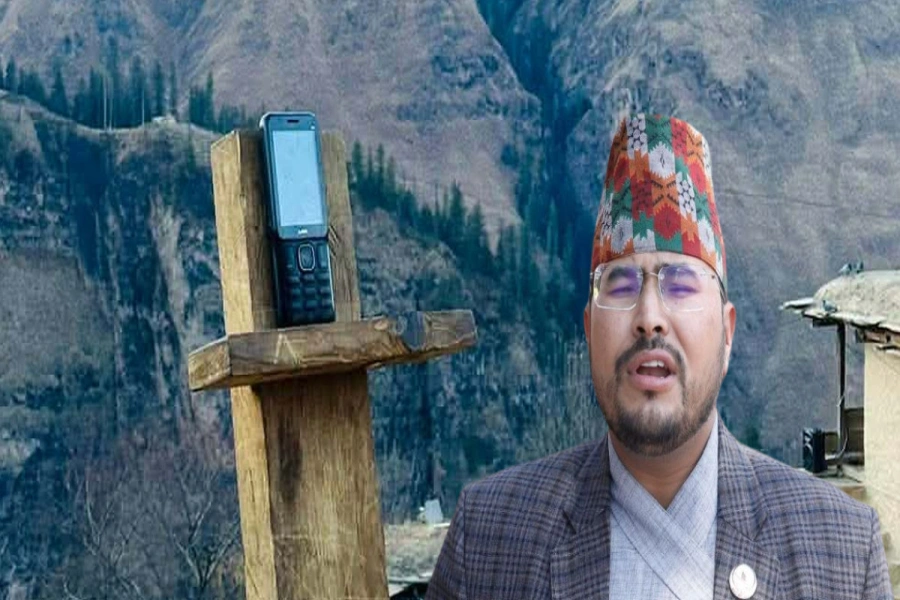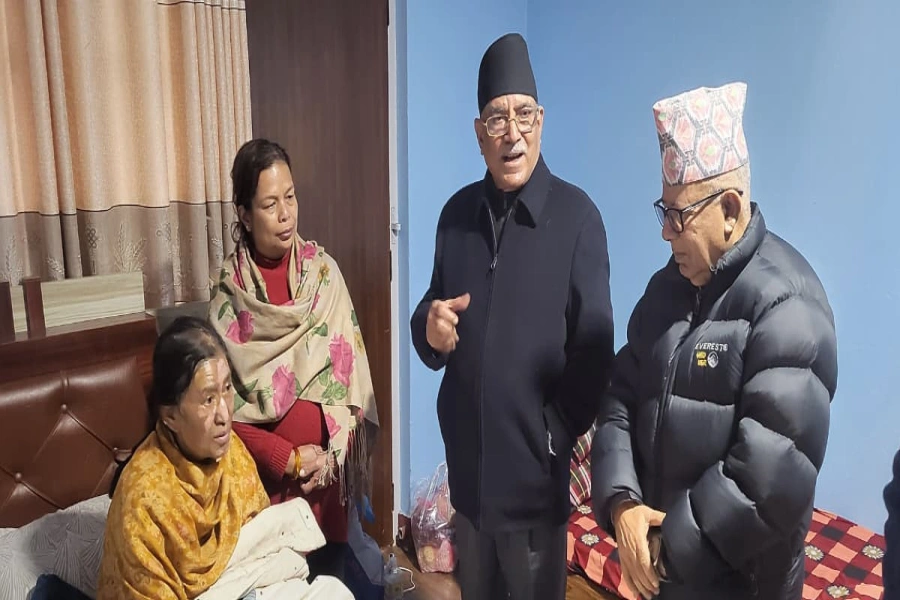In Nepal, the National Disaster Risk Reduction and Management Authority should be accommodated under the office of the head of government. Only then can the constitutional mandate of ‘establishing disaster-resilient society via concerted effort of the federal, provincial and local governments’ be achieved.
The monsoon, the season of disasters, has already entered Nepal. More than eighty percent of the annual disasters occur in these four months. Mostly the Hydro Meteorological Hazards cause havoc during this season. Thus, this is the time of acid test for the national disaster response mechanism. Recently, the government endorsed the ‘Monsoon Preparedness and Response Plan 2079’. However, how effective the plan will be is yet to be observed.
Indeed, disaster management is not an easy task for a country like Nepal. One of the main reasons is that the venture is too costly. Besides, it's time consuming, and requires concerted effort from the state’s mechanisms. Thus, the endeavor has merely received required priority from the state resulting in effective risk reduction, mitigation, and preparedness have remained in limbo.
KMC to form disaster management act implementation committee

Today, the country’s disaster governance has four layers. That is federal, province, district and local levels. Although the constitution has described disaster management as a shared responsibility, the tightest knot remains in an effective coordination among the four layers. All three governments’ authorities are hardly functioning in coherence and lack synchronization.
Today, the crux of the problem remains in the central leadership. The role has been bestowed upon the National Disaster Risk Reduction and Management Authority (NDRRMA), the apex disaster management body, which is hardly autonomous in reality to exercise its authority. Placed under the thematic ministry has limited its capacity. Practically, the current national disaster management system is functioning under the dual command of the Ministry of Home affairs and the NDRRMA.
In this context, we should learn from Japan for course correction. Japan’s disaster risk reduction, and response system is amongst the most effective in the world. The Minister of State for Disaster Management under the direct command of the Prime Minister is the executive body to oversee the national coordination, planning and large scale disaster countermeasures. Likewise, India and Pakistan also have their National Disaster Management Authority (NDMA), the apex body, under the jurisdiction of the Prime Minister, whereas Bangladesh and Sri Lanka have separate ministries to look after the issue. To ensure utmost authoritative jurisdiction, these countries have placed their executive body under the highest hierarchical chain of command. Unfortunately Nepal lacks this provision.
Obviously effective disaster management demands efficient vertical and horizontal coordination among the respective stakeholders. Today, following the cluster approach, nine federal thematic ministries are responsible to function within the sphere of disaster risk reduction and response mechanism. Besides, dozens of humanitarian agencies including the United Nations, the World Bank and the Red Cross Society are also in the supportive role. Vertically, as stated earlier, four tiers of disaster governance entities are functioning from central to local levels. Unfortunately, these horizontal and vertical mechanisms lack effective coordination to ensure synergic effort. Authoritative leadership is missing to steer these national and international actors on a single path.
In Pakistan, earlier the NDMA was established under the Ministry of Climate Change. But in 2018 comprehending the need for robust command, it was shifted beneath the Office of the Prime Minister. In India as well, although the NDMA is housed in the Ministry of Home Affairs, it is chaired by the Prime Minister. In both the cases, the objective is to furnish the body with utmost authority and enough space to function.
In the Nepali context, too, the NDRRMA should be accommodated under the office of the head of government. Only then can the constitutional mandate of ‘establishing disaster resilient society via concerted effort of federal, provincial and local governments’ be achieved. Obviously, this provision will also help to foster high priority in the state’s affairs. Unfortunately, the current chain of command is merely helpful to achieve the national objective.
Indeed, various studies and research have confirmed that the trend and tendency of disaster is transforming. And the effect of global warming-led climate change is also catalyzing the multi hazard situation of the country. Amidst such criticality, we are only left with eight years to meet the goals of Disaster Risk Reduction National Strategic Plan of Action 2018-2030 that aims to limit the annual average disaster mortality to 225 and average annual loss in GDP via disasters to 0.1% by 2030. Nevertheless, it is only possible if an effective and authoritative coordinating mechanism is ensured in the country. And one viable solution is to shift the chain of command of the NDDRMA to Baluwatar.






































